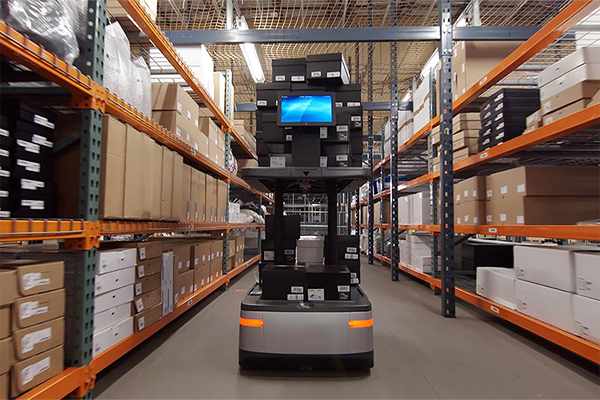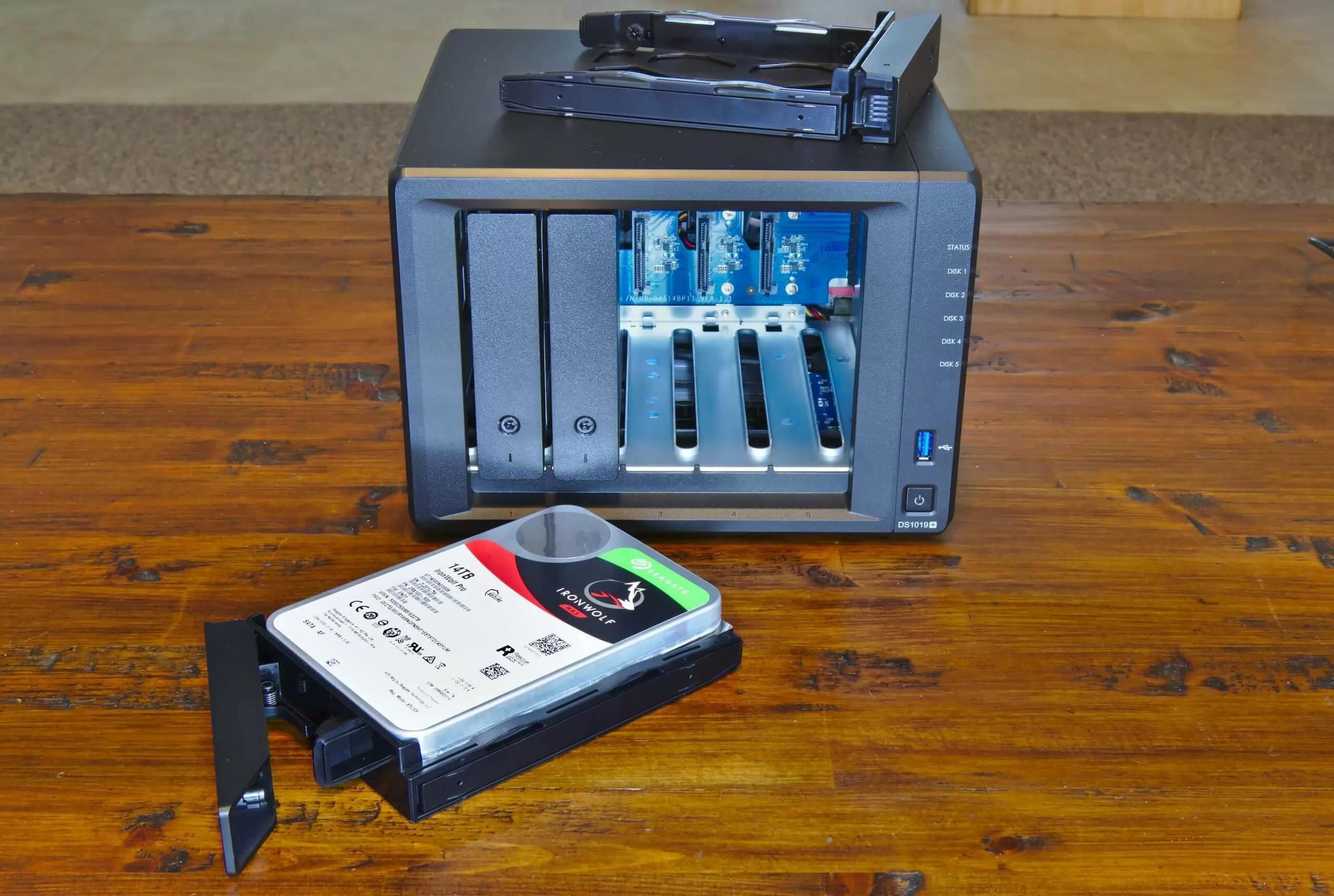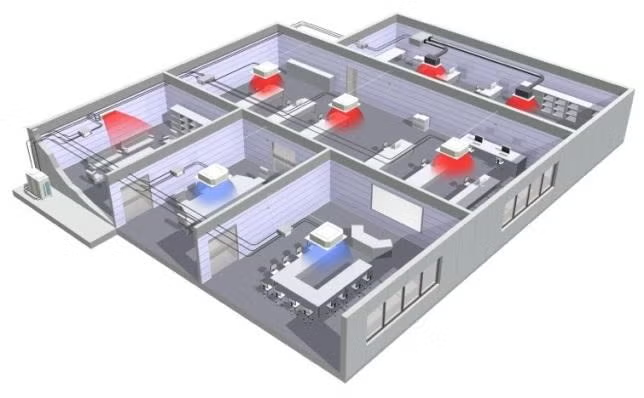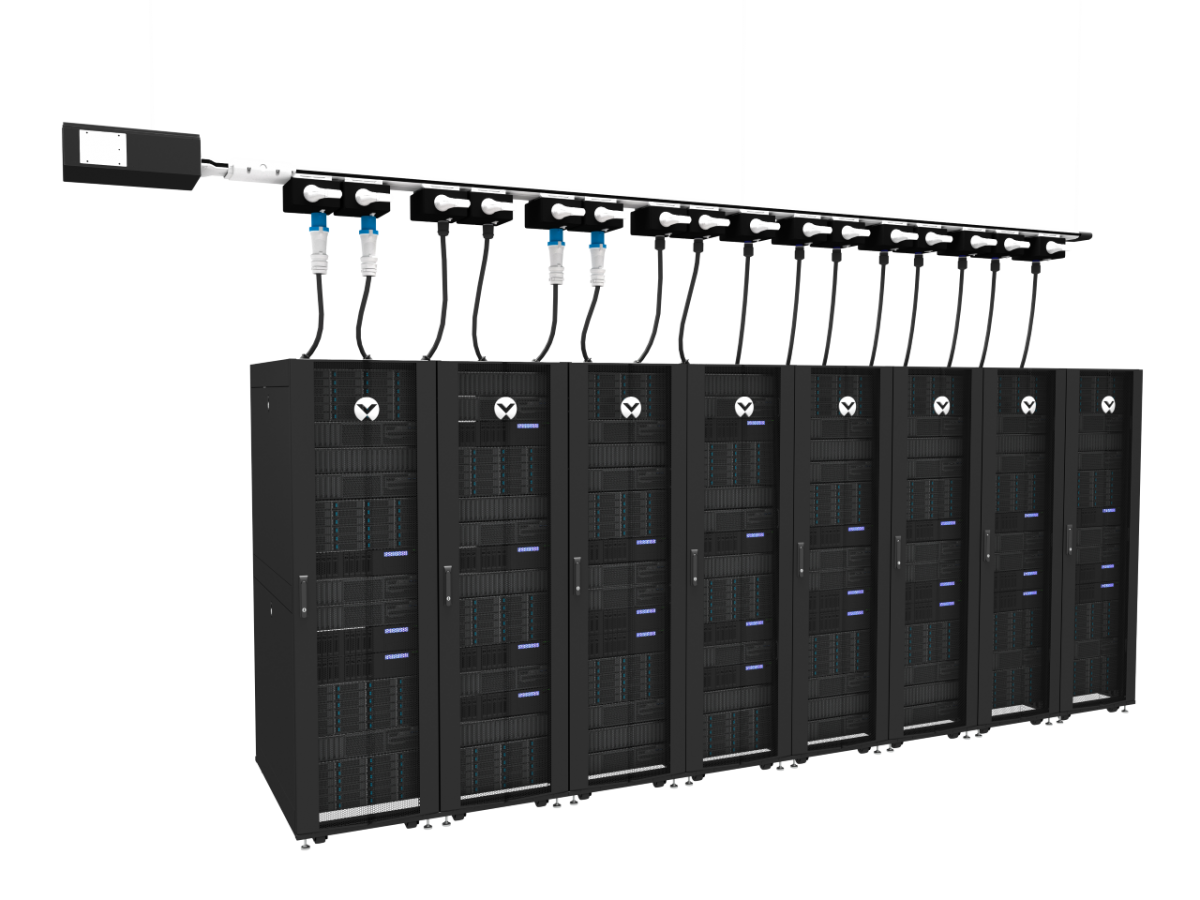
Introduction
The Canada Warehouse Robotics Market size is predicted to reach USD 1861.2 million by 2030, at a CAGR of 22.2 %. Canada’s warehouse robotics market is experiencing significant growth in 2025, driven by the surge in e-commerce, labor shortages, and advancements in artificial intelligence (AI) and automation technologies. As a key player in North America’s logistics landscape, Canada is leveraging robotics to enhance warehouse efficiency and address supply chain challenges. Recent developments, such as the bankruptcy of Calgary-based Attabotics and Amazon’s deployment of over one million robots globally, highlight both opportunities and hurdles in this dynamic market. This article explores how Canada’s warehouse robotics market is evolving, focusing on innovations, key players, and challenges shaping its trajectory.
Technological Innovations
AI and machine learning are transforming Canada’s warehouse robotics landscape. Autonomous mobile robots (AMRs), which hold over 29% of the market share in 2025, are leading the charge due to their ability to navigate dynamic warehouse environments and handle tasks like picking and sorting. Companies like Clearpath Robotics, based in Kitchener, Ontario, are developing AMRs with advanced navigation systems, improving picking efficiency by up to 30%. These robots integrate with warehouse management systems (WMS) via custom APIs, enabling real-time inventory optimization.
Collaborative robots (cobots) are also gaining traction. In 2025, Canadian firms are adopting cobots equipped with 5G connectivity and industrial vision systems, enhancing quality control and collaboration with human workers. For instance, Omron Adept’s cobots, deployed in Canadian electronics warehouses, have reduced error rates by 15% through AI-driven visual recognition.
Another notable innovation is the use of soft robotics, particularly exoskeletons, to support warehouse workers. A 2021 study by Queen’s University in Canada highlighted exoskeletons that reduce the metabolic cost of heavy lifting, mitigating injury risks. In 2025, these wearable robots are being piloted in Canadian warehouses, improving worker safety and productivity by 20%.
Key Players and Competitive Landscape
The Canadian warehouse robotics market features a mix of global and domestic players. Global leaders like ABB, FANUC, and Amazon Robotics compete alongside Canadian innovators like Clearpath Robotics and Kinova Robotics. Amazon, which deployed its one-millionth robot in a Japanese facility in 2025, has significantly influenced Canada’s market. Its DeepFleet AI system, designed to optimize robotic traffic, has improved fleet speed by 10% in Canadian fulfillment centers, reducing delivery costs.
However, the market faced a setback with the bankruptcy of Calgary-based Attabotics in July 2025. Founded in 2015, Attabotics developed ant-colony-inspired automated fulfillment systems but depleted nearly USD 200 million in funding, leading to layoffs and bankruptcy protection. This highlights the financial risks in the competitive robotics sector, despite earlier backing from Export Development Canada and Ontario Teachers’ Pension Plan.
Canadian startups like Clearpath Robotics are filling the gap, focusing on scalable AMRs for mid-sized warehouses. Additionally, Kinova Robotics, based in Quebec, is advancing lightweight robotic arms for precise tasks like packaging, gaining traction in food and beverage warehouses.
Industry Drivers
The e-commerce boom is a primary driver, with Canadian retailers like Canadian Tire and Shopify investing in robotics to streamline operations. A 2023 warehouse fire at Canadian Tire’s facility, linked to Attabotics’ systems, underscored the need for robust safety protocols in automation. Labor shortages, with Canada facing a projected shortfall of 50,000 logistics workers by 2030, are accelerating robotics adoption to reduce labor dependency by up to 20%.
Government support is also critical. Canada’s Innovation and Skills Plan, extended into 2025, provides tax incentives and grants for automation R&D, boosting local innovation. The adoption of 5G and IoT technologies further enhances robotic performance, enabling real-time data sharing and adaptability in dynamic warehouse environments.
Challenges
High initial costs, ranging from CAD 15,000 to CAD 150,000 per robot, remain a barrier for small and medium-sized enterprises (SMEs). Integration complexities with legacy WMS also pose challenges, requiring custom solutions that increase implementation costs. Data privacy concerns, particularly with AI-driven robots, are another hurdle, as Canadian regulations like PIPEDA impose strict requirements on data handling.
The Attabotics bankruptcy highlights financial risks, with investors calling for investigations into mismanaged funds. Additionally, competition from global players like Amazon, with its vast resources, can overshadow smaller Canadian firms, limiting their market share.
Future Outlook
The Canadian warehouse robotics market is poised for robust growth, with AMRs and cobots expected to dominate through 2032. The integration of warehouse digital twins and AI-driven analytics will further enhance efficiency, while green logistics initiatives, such as energy-efficient robots, align with Canada’s net-zero goals by 2050.
Conclusion
Canada’s warehouse robotics market is transforming logistics in 2025, driven by e-commerce growth, labor shortages, and innovations like AMRs, cobots, and exoskeletons. While global players like Amazon and local firms like Clearpath Robotics lead the charge, challenges like high costs and integration complexities persist. The Attabotics bankruptcy serves as a cautionary tale, but Canada’s supportive policies and strong R&D ecosystem position it for continued growth, ensuring a more efficient and sustainable logistics future.





















Write a comment ...